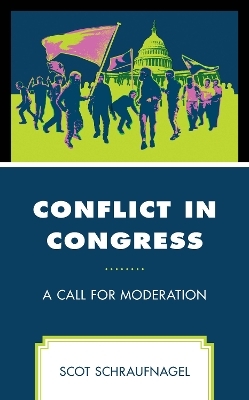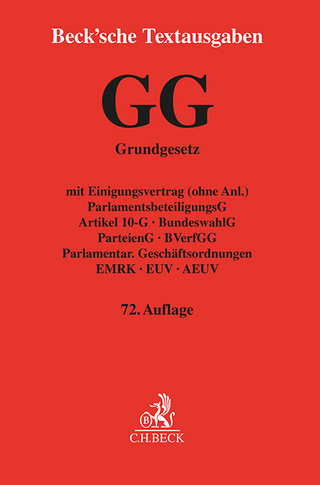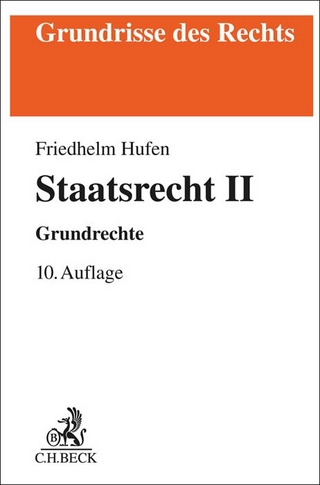
Conflict in Congress
A Call for Moderation
Seiten
2024
Lexington Books/Fortress Academic (Verlag)
978-1-6669-4034-3 (ISBN)
Lexington Books/Fortress Academic (Verlag)
978-1-6669-4034-3 (ISBN)
This book suggests that conflict in legislatures is two-dimensional. Using the US Congress as a testing ground, and novel indicators of both forms of conflict and legislative productivity, the book tests the theory, concluding that moderate levels of interactive conflict are most productive.
The book introduces Legislative Conflict Theory. The theory suggests that conflict in legislatures in two-dimensional and that a moderate level of conflict will be most productive. The two types of conflict are policy differences and relational conflict. Using the US Congress as a testing ground, and novel indicators of both forms of conflict and legislative productivity, the book tests the theory various ways. The testing arrives at the conclusion that specific Congresses and historical eras, easily identified as more productive, experienced a median level of two-dimensional conflict. There are implications for effective legislative process in all political settings including democratically elected legislatures and ‘rubber stamp’ legislatures in authoritarian environments. In the end, the research makes the case for recruiting the right type of people to serve. However, the most effective legislators will be context dependent. In low conflict scenarios, rabble-rousers become the most effective legislators. When two-dimensional conflict is too high, the need is for disciplined-mannerly legislators committed to compromise.
The book introduces Legislative Conflict Theory. The theory suggests that conflict in legislatures in two-dimensional and that a moderate level of conflict will be most productive. The two types of conflict are policy differences and relational conflict. Using the US Congress as a testing ground, and novel indicators of both forms of conflict and legislative productivity, the book tests the theory various ways. The testing arrives at the conclusion that specific Congresses and historical eras, easily identified as more productive, experienced a median level of two-dimensional conflict. There are implications for effective legislative process in all political settings including democratically elected legislatures and ‘rubber stamp’ legislatures in authoritarian environments. In the end, the research makes the case for recruiting the right type of people to serve. However, the most effective legislators will be context dependent. In low conflict scenarios, rabble-rousers become the most effective legislators. When two-dimensional conflict is too high, the need is for disciplined-mannerly legislators committed to compromise.
Scot Schraufnagel is former department chair and associate dean.
Introduction
Chapter 1: Legislative Conflict Theory
Chapter 2: Measuring Conflict in Legislatures
Chapter 3: Party Polarization and Member Incivilities: How Distinct are the Two Dimensions of Conflict
Chapter 4: What Explains Uncivil Member Behavior?
Chapter 5: Measuring Legislative Productivity
Chapter 6: Moderate Conflict and Legislative Productivity
Chapter 7: Managing Conflict in Legislatures
Appendix A
Appendix B
Bibliography
About the Author
| Erscheinungsdatum | 13.04.2024 |
|---|---|
| Sprache | englisch |
| Maße | 160 x 237 mm |
| Gewicht | 454 g |
| Themenwelt | Recht / Steuern ► EU / Internationales Recht |
| Recht / Steuern ► Öffentliches Recht ► Verfassungsrecht | |
| Sozialwissenschaften ► Politik / Verwaltung ► Staat / Verwaltung | |
| ISBN-10 | 1-6669-4034-8 / 1666940348 |
| ISBN-13 | 978-1-6669-4034-3 / 9781666940343 |
| Zustand | Neuware |
| Informationen gemäß Produktsicherheitsverordnung (GPSR) | |
| Haben Sie eine Frage zum Produkt? |
Mehr entdecken
aus dem Bereich
aus dem Bereich
Staatsorganisationsrecht und Grundrechte
Buch | Softcover (2022)
C.F. Müller (Verlag)
25,00 €


